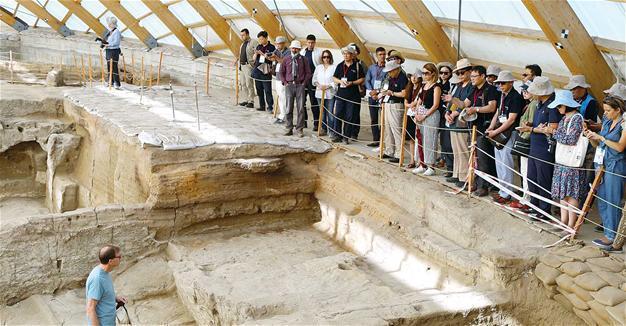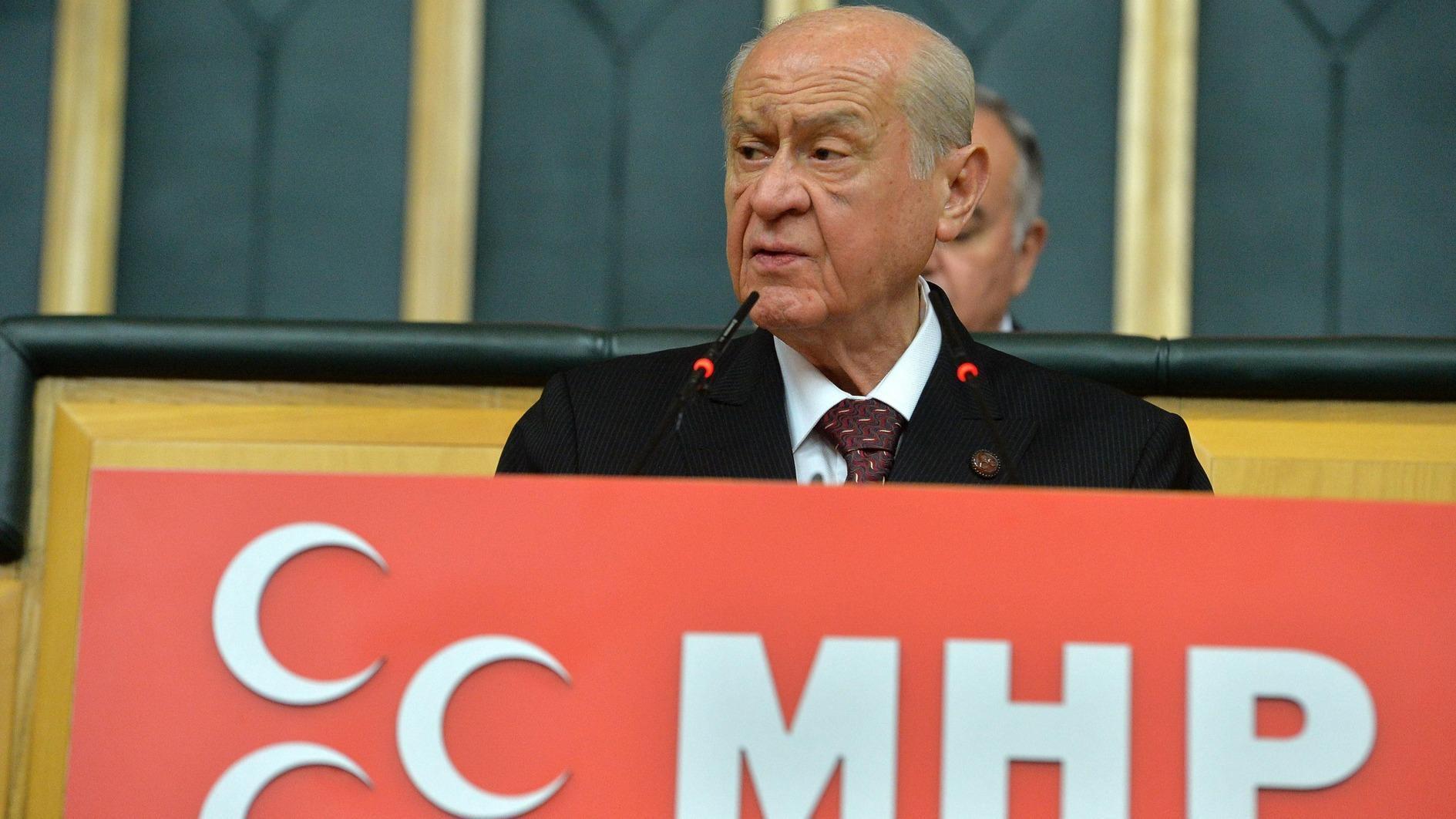No wars in Çatalhöyük for 4,000 years
KONYA
 In the Neolithic settlement of Çatalhöyük, founded by 8,000 people in the Central Anatolian province of Konya and one of the earliest settlements in the history of mankind, no war, conflict or violent attacks occurred, archaeological excavations in the region have revealed.
In the Neolithic settlement of Çatalhöyük, founded by 8,000 people in the Central Anatolian province of Konya and one of the earliest settlements in the history of mankind, no war, conflict or violent attacks occurred, archaeological excavations in the region have revealed. Çatalhöyük draws the attention of the world as it is one of the oldest and most important cultural heritage fields on the UNESCO World Heritage list.
Discovered by British archaeologist James Mellart and his team in the 1960s, excavations restarted in Çatalhöyük in 1993 under the leadership of British archaeologist Professor Ian Hodder of Stanford University.
Issues like the social structuring of the people, who lived in adobe houses next to each other in Çatalhöyük, their eating habits and dressing styles have been examined in Çatalhöyük.
The Çatalhöyük excavation field, some part of which was covered with a special wooden roof, is a popular spot for local and foreign tourists visiting the region.
Speaking to state-run Anadolu Agency, Hodder said excavations turned 25 this year in the ancient settlement and so far lots of findings have been unearthed.
He said Çatalhöyük is important because its history dates back to 9,000 years and covers a big area, adding that for the first time a settled life was found in Çatalhöyük, a place outside the Middle East. He said they unearthed findings related to nutrition, social and business relations in Çatalhöyük.
“Çatalhöyük was a very steady society. They lived for 4,000 years without any war or conflict. They succeeded to share a life in peace and create a very good example for modern societies. It was important to live collectively in a society. Individualism was not highlighted. They did not have a leader but a life in common. Relationship by affinity was not common. Biological families did not live together but they lived with other people in society. Genetically, they are mixed. They are a big family. We estimate that the number of people lived in a century in Çatalhöyük was between 3 and 8 million,” he added.
Preservation and restoration work
Hodder said the excavation work is done and new projects will be initiated in the field, adding that the preservation and restoration works will be carried out in the coming days, too.
He said the findings will be evaluated with scientific methods. “Teams of experts are being formed. Each team will have 32 experts. They will seek answers to different questions. For example, ‘What did these people eat in this era?’ ‘Where did they come from?’ ‘What was their method to protect themselves genetically?’ They will try to find answers to such questions,” he added.
Hodder said he started Çatalhöyük excavations as an assistant and has left 25 years behind. He aims to retire when the work is done.
















